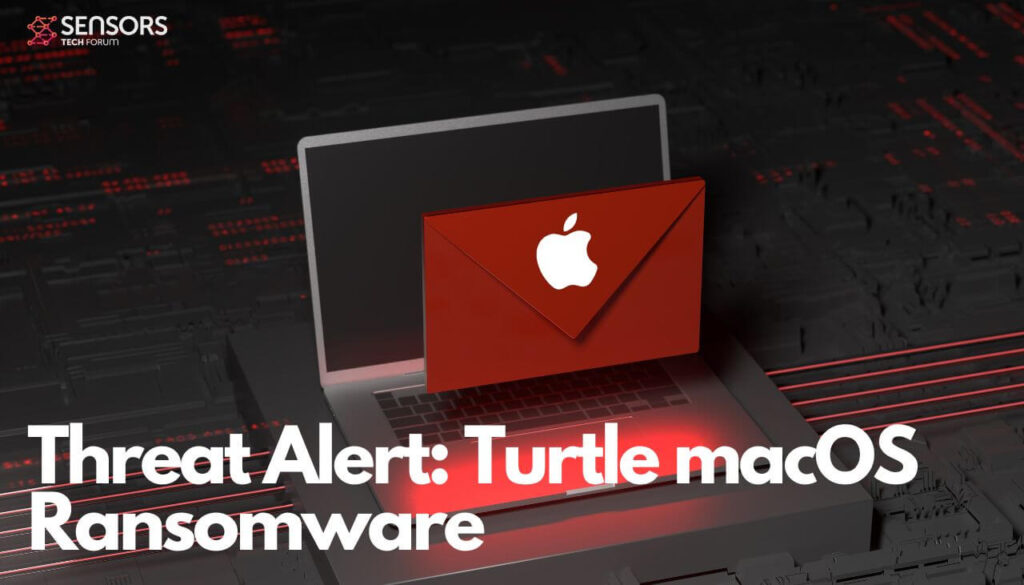Cybersecurity expert Patrick Wardle recently conducted a comprehensive analysis of a newly discovered macOS ransomware named Turtle. What sets Turtle apart is its cross-platform adaptability, with versions tailored for both Windows and Linux systems. This cross-platform nature hints at a broader threat landscape encompassing diverse operating systems.
A macOS Ransomware on VirusTotal Radar
Surprisingly, Turtle has already attracted attention on VirusTotal, where several vendors detect it as a potential threat. This early recognition is atypical for a macOS-targeting malware but can be attributed to its resemblance to the Windows version, complete with crowdsourced YARA rules. The use of the Go programming language and the inclusion of the name ‘Turtle’ in the binary’s strings provide insights into the author’s coding preferences.

SoftwareAssist Details
| Name | Turtle Ransomware |
| Type | macOS Ransomware, macOS Malware |
| Removal Time | Less than 15 minutes |
| Removal Tool |
See If Your System Has Been Affected by malware
Malware Removal Tool
Malware Removal Tool
|
Functionalities and Limitations of Turtle Ransomware
Turtle’s primary function is encrypting files on compromised systems. Despite concerns about its emergence, the ransomware currently poses a limited threat to macOS users. The malicious file lacks Apple’s notarization and carries an ad-hoc signature, making it susceptible to Gatekeeper blocking unless deployed through an exploit or explicitly permitted by the victim. Further reassuring for users is the recoverability of the encryption key, easing the decryption process.
Wardle’s analysis did not attribute Turtle to a specific threat actor, but it did reveal intriguing strings written in Chinese within the ransomware’s code, including one translating to “encrypt files.” While the language used is not definitive proof of origin, it adds an element of mystery to Turtle’s backstory, prompting further investigation.
Conclusive Thoughts
In light of the analysis, Wardle emphasizes that the average macOS user is currently unlikely to face significant impacts from this specific sample. Nevertheless, the emergence of ransomware on the macOS platform sparks vital conversations about enhancing detection and prevention measures. As the threat landscape evolves, these discussions become imperative to safeguard user data and privacy across diverse operating systems.


